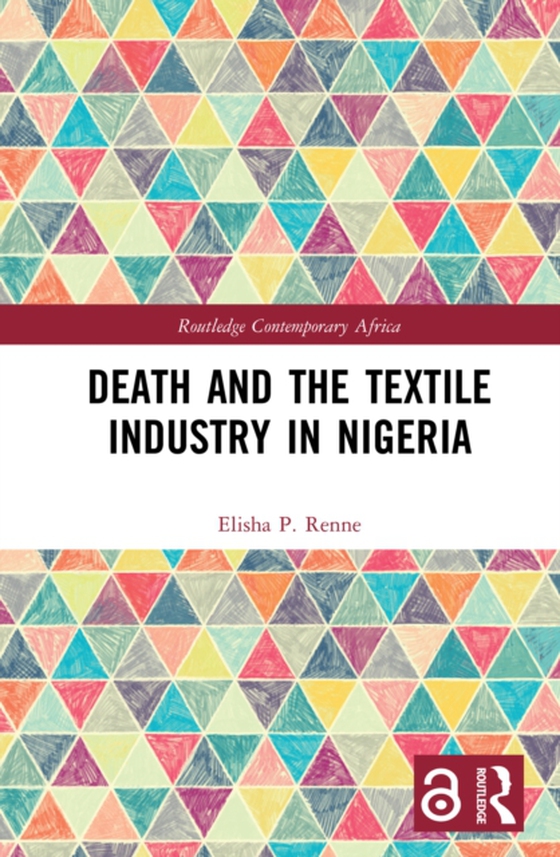
Death and the Textile Industry in Nigeria e-bog
348,37 DKK
(inkl. moms 435,46 DKK)
This book draws upon thinking about the work of the dead in the context of deindustrialization-specifically, the decline of the textile industry in Kaduna, Nigeria-and its consequences for deceased workers' families.The author shows how the dead work in various ways for Christians and Muslims who worked in KTL mill in Kaduna, not only for their families who still hope to receive termination rem...
E-bog
348,37 DKK
Forlag
Routledge
Udgivet
23 november 2020
Længde
160 sider
Genrer
History of scholarship (principally of social sciences and humanities)
Sprog
English
Format
epub
Beskyttelse
LCP
ISBN
9781000219685
This book draws upon thinking about the work of the dead in the context of deindustrialization-specifically, the decline of the textile industry in Kaduna, Nigeria-and its consequences for deceased workers' families.The author shows how the dead work in various ways for Christians and Muslims who worked in KTL mill in Kaduna, not only for their families who still hope to receive termination remittances, but also as connections to extended family members in other parts of Nigeria and as claims to land and houses in Kaduna. Building upon their actions as a way of thinking about the ways that the dead work for the living, the author focuses on three major themes. The first considers the growth of the city of Kaduna as a colonial construct which, as the capital of the Protectorate of Northern Nigeria, was organized by neighborhoods, by public cemeteries, and by industrial areas. The second theme examines the establishment of textile mills in the industrial area and new ways of thinking about work and labor organization, time regimens, and health, particularly occupational ailments documented in mill clinic records. The third theme discusses the consequences of KTL mill workers' deaths for the lives of their widows and children. This book will be of interest to scholars of African studies, development studies, anthropology of work, and the history of industrialization.The Introduction, Chapter 2 and the Conclusion of this book is freely available as a downloadable Open Access PDF under a Creative Commons Attribution-Non Commercial-No Derivatives 4.0 license available at http://www.taylorfrancis.com/books/e/9781003058137
 Dansk
Dansk

